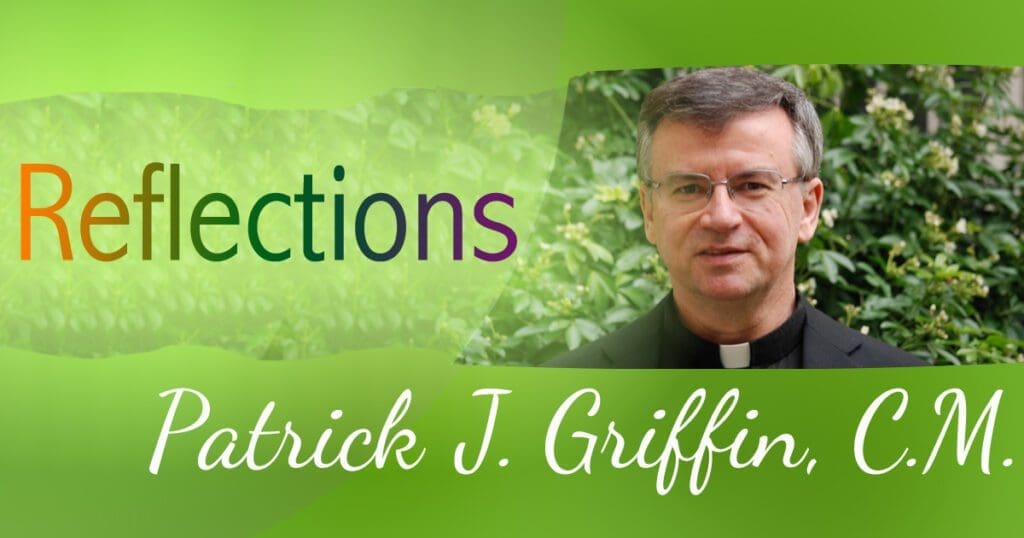Praying and preaching the psalms has been one of my great joys for many years. The opportunity to take a psalm and reflect upon its meaning has challenged me to study its context and appreciate its message. Each psalm has something to say about the one who brought it to fruition and who found an expression of his/her experience of the Divine. Sometimes a psalm offers praise and sometimes lament; sometimes it expresses petition and sometimes thanksgiving. The many experiences that touch the human head and heart seem to find expression in these beautiful and personal prayers.

When I teach the psalms, I encourage my hearers to listen to a psalm in three ways. First of all, to seek to discover the specific situation that may have given rise to these words of faith. What happening in the life of the psalmist that caused him/her to speak to God in this manner? Why these images and why that belief. Thirdly, I suggest that the hearer ask what the psalm might say about his/her own life and development. The psalm needs to find a place in the life of the one praying for it to be fully realized. Understanding what the psalmist thought is important, but the goal for the reader must lead to a personal appreciation of this word of God as led by the Spirit in his own life.
Between these two parts—the meaning of the psalm for the psalmist, and its meaning for me—comes an invitation that is both important and wonderful. I invite the reader to ask how Jesus may have prayed this psalm. We know that Jesus, Mary, Joseph, Peter, Paul, Martha and Mary as well as all the Jewish figures of the New Testament prayed the psalms. These words comprised an essential part of their worship. And so, one can seek to discover how Jesus interpreted and applied this psalm to his life and mission. Where might his thoughts and reflections have thrived?
One might attribute to the 23rd Psalm, the so-called Shepherd’s Psalm, a contributing element in Jesus’ appreciation of the image of the Good Shepherd. As one considers the role of the shepherd in the psalm, the task of Jesus as the Shepherd of the Christian community finds an easy connection and application.
Other Psalms undoubtedly find a place in Jesus’ words and actions.
For example, my favorite psalm about community is Psalm 133. Its first verse sets the tone for this short prayer:
How good and how pleasant it is,
when brothers dwell together as one!
As I think about Jesus praying this psalm, I immediately connect it to his telling of the story of the Prodigal Son. That story of separated brothers sets the stage for the Father who seeks to unite them. The story ends without a settlement. Will the brothers dwell together as one? That would be “good” and “pleasant” as they gather around the Father, but that resolution is unknown. We know how Jesus wants the story to end. It tells a tale of how our love for the Father and for one another must lead. They are connected as the first two commandments.
Considering the way in which the psalms express the mind and mission of Jesus offers fertile grounds for meditation.







How Jesus prayed the psalms — a very promising new way to pray them. Thanks…
Thank you, Fr. Pat.
This year as a personal exercise through the Psalms series, I read one a day in order and extracted just one or two words that I thought best reflected its subject theme. That simple focus expanded into manifold insights.
Joe